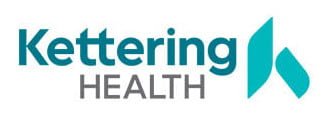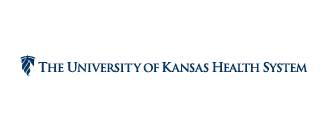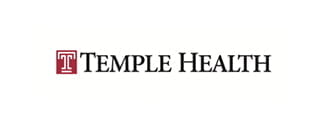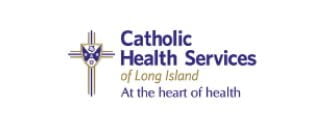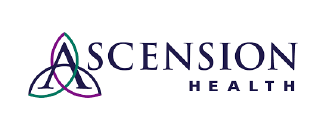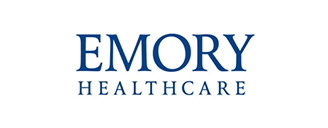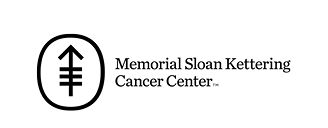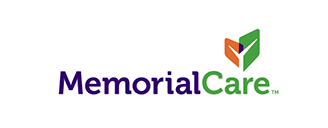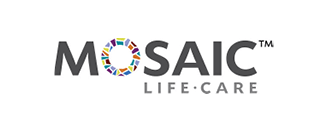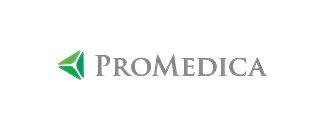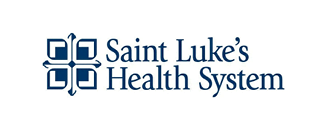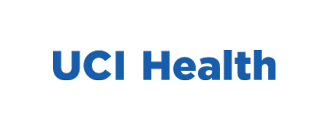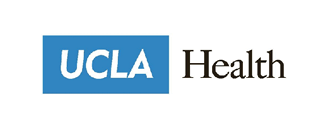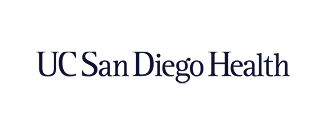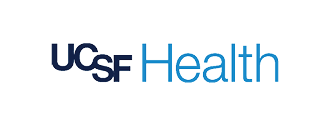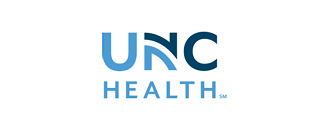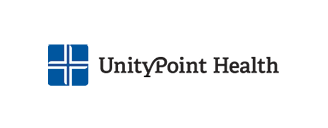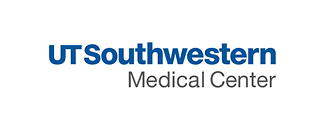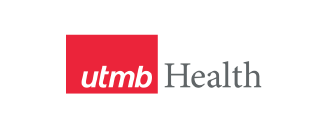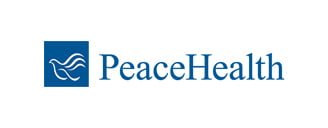Three key elements in healthcare supply chain optimization
L.E.K. Consulting is an independent global strategy consultancy that works closely with business leaders to seize competitive advantage and amplify growth. The insights they share with their clients are the catalysts that reshape the latter’s business trajectory and help them uncover opportunities.
In June of 2022, L.E.K. guided two 90-minute executive exchange sessions with SMI®, a non-profit, member-driven community of healthcare supply chain organizations. Their goal? To come up with a roadmap of what’s needed for a more resilient, proficient, and progressive healthcare supply chain for the future. You can download their resulting infographic, The Healthcare Supply Chain in 2030 Roadmap, but we’ve encapsulated what we believe are the most pertinent points below for your review.
What will the healthcare supply chain look like in 2023?
Using the rapid transformation underway in U.S. health systems (accelerated by the impact of COVID-19) as their starting point, the 60 SMI members who participated in the sessions focused on answering the following three questions:
- What do you believe will be the most significant change in how health systems look by 2030?
- What are the transformative ways supply chains need to innovate to support the healthcare system of 2030?
- How can suppliers and providers best collaborate to support the changes ahead, especially in the near term?
They determined that by 2023, “U.S. health systems will be larger, with a greater non-acute focus, more centralized decision-making, and increased exposure to value-based care.”
Consider these three points while planning for healthcare supply chain optimizations:
1. ANALYTICS
- Meeting Operational Demands will be easier with predictive and prescriptive analytics to deliver on clinical priorities
- Faster Decision-making will result from having data standardization across sites, greater clinical and supply chain visibility, real-time data refreshes, and predictive capabilities
- Resource Allocation can be optimized across sites and care settings by using real-time inventory and utilization data
2. TALENT
- A broader set of capabilities is needed for a larger operational scale. Look for individuals with expertise in analysis execution, data interpretation, and partner engagement
- Experience outside of the healthcare industry enables potential talent to infuse organizations with the knowledge needed to deploy new tools and approaches.
- Good management skills are crucial for dealing with more complex organizations and interfacing more closely with stakeholders
3. PARTNERSHIP
- Enable collaboration on a broader set of needs by delivering increased transparency on mutual economics, strategic goals, and capabilities
- Align incentives via mutually beneficial structures and measurable KPIs
- Tier suppliers and collaborate closely at the senior stakeholder level with select partners
At VPL, we can’t help with talent. However, we can deliver the real-time predictive analytics health systems need to deliver on clinical priorities, make faster decisions, and deliver the visibility to see where critical products are in the shipping process.
If you’re interested in optimizing your healthcare supply chain and adopting a real-time solution to help you achieve these priorities, click here to learn how VPL can help.

